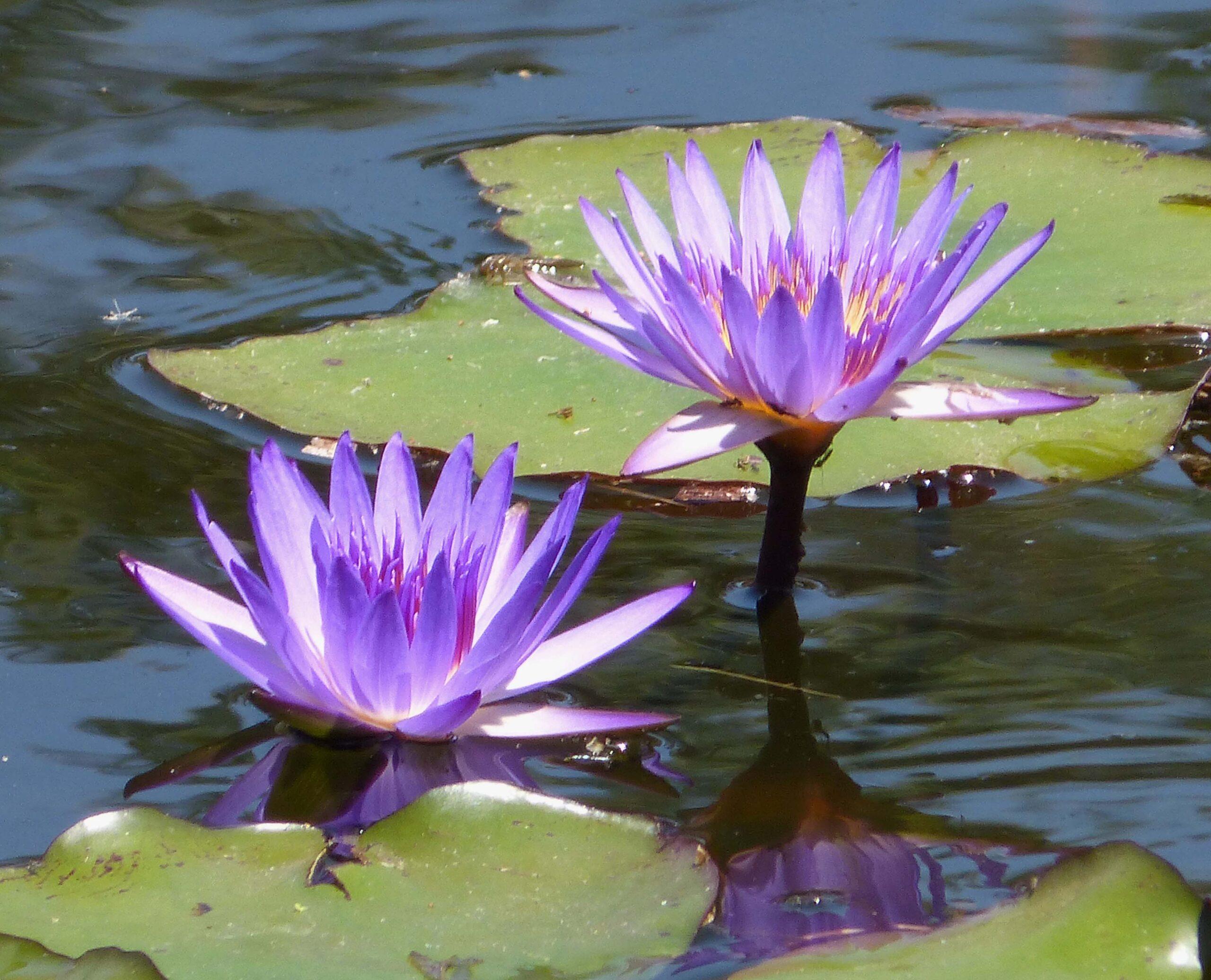Project start date: 01/04/2023
Project end date: 30/06/2027
NESP funding: $757,029 (GST-exclusive)
Kakadu National Park is one of the largest national parks in Australia, covering almost 20,000 square kilometres.
The effective conservation in large, protected areas like Kakadu National Park requires managers to prioritise certain areas of high conservation value for management activities.
Given Kakadu’s widespread mammal declines in recent decades, the continued threat from other priorities like grassy-weed invasions, ongoing degradation from feral animals, and pressures caused by the changing climate, prioritisations must be well-informed.

Water Lily (Nymphaea violacea) stems are a common bush-tucker in Kakadu. Photo: gailhampshire CC-BY 2.0.
This project is collecting information about where threatened species are persisting in the landscape; where ‘hotspots’ of biodiversity occur; and where important areas for bush-tucker species are located. We are developing this information into landscape-scale management tools to be used by Traditional Owners and Parks Australia staff.
With this knowledge, land-managements can focus their efforts on areas where they will have the most value for conservation and for Traditional Owners.
Key research areas
To identify hotspots of biodiversity and bush tucker in Kakadu National Park, this project is:
No resources found.
Project leader
The project is being led by Professor Michael Douglas from the University of Western Australia.
Contact
For further information, contact michael.douglas@uwa.edu.au or nesplandscapes@uwa.edu.au.
Research users
People